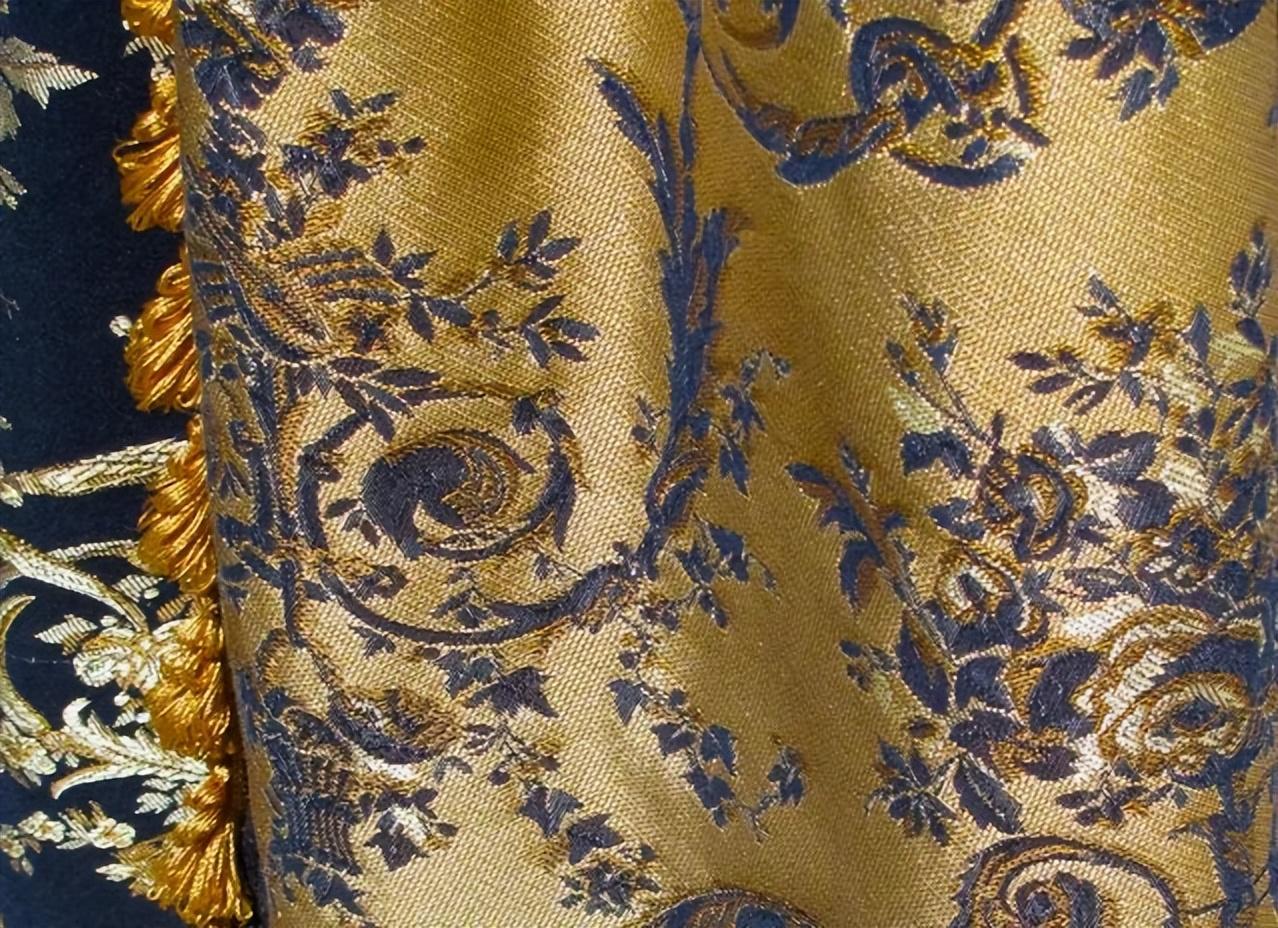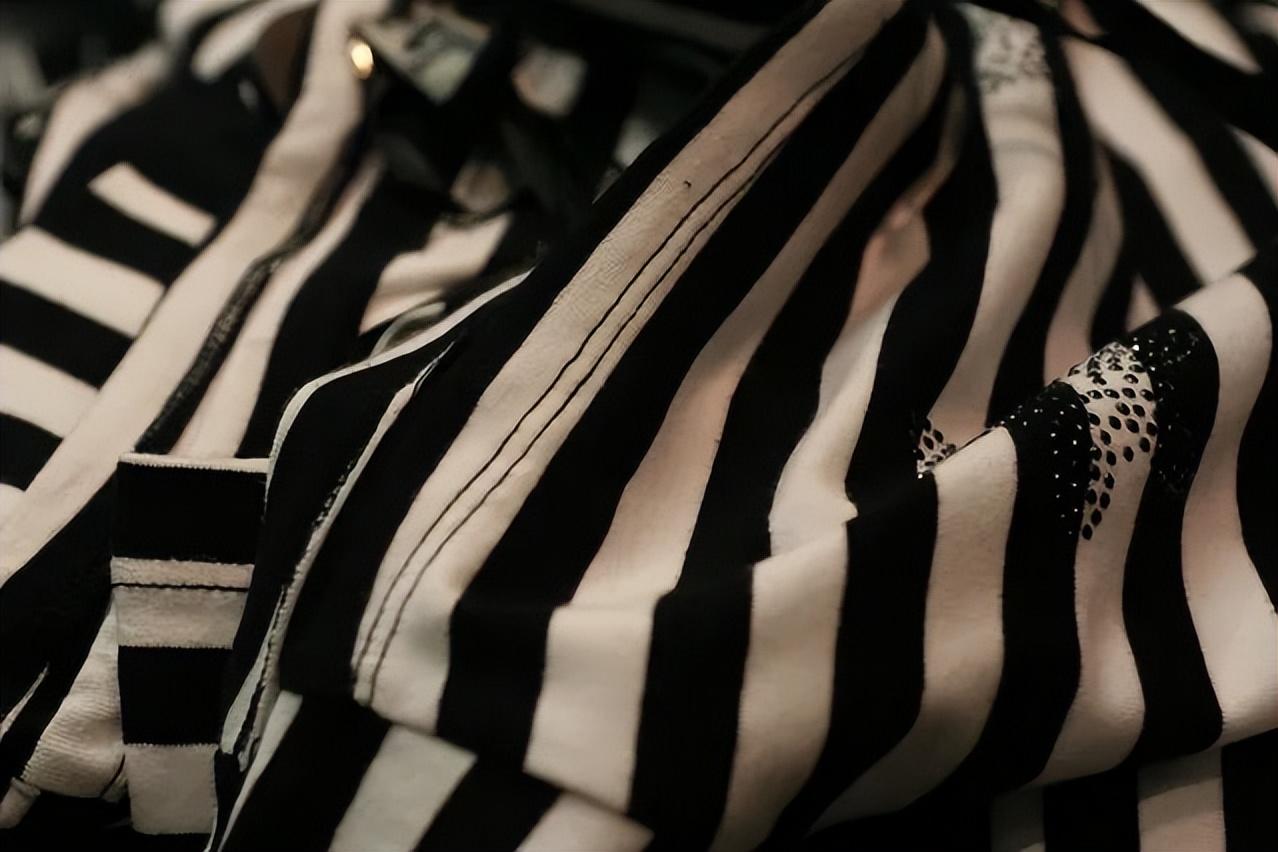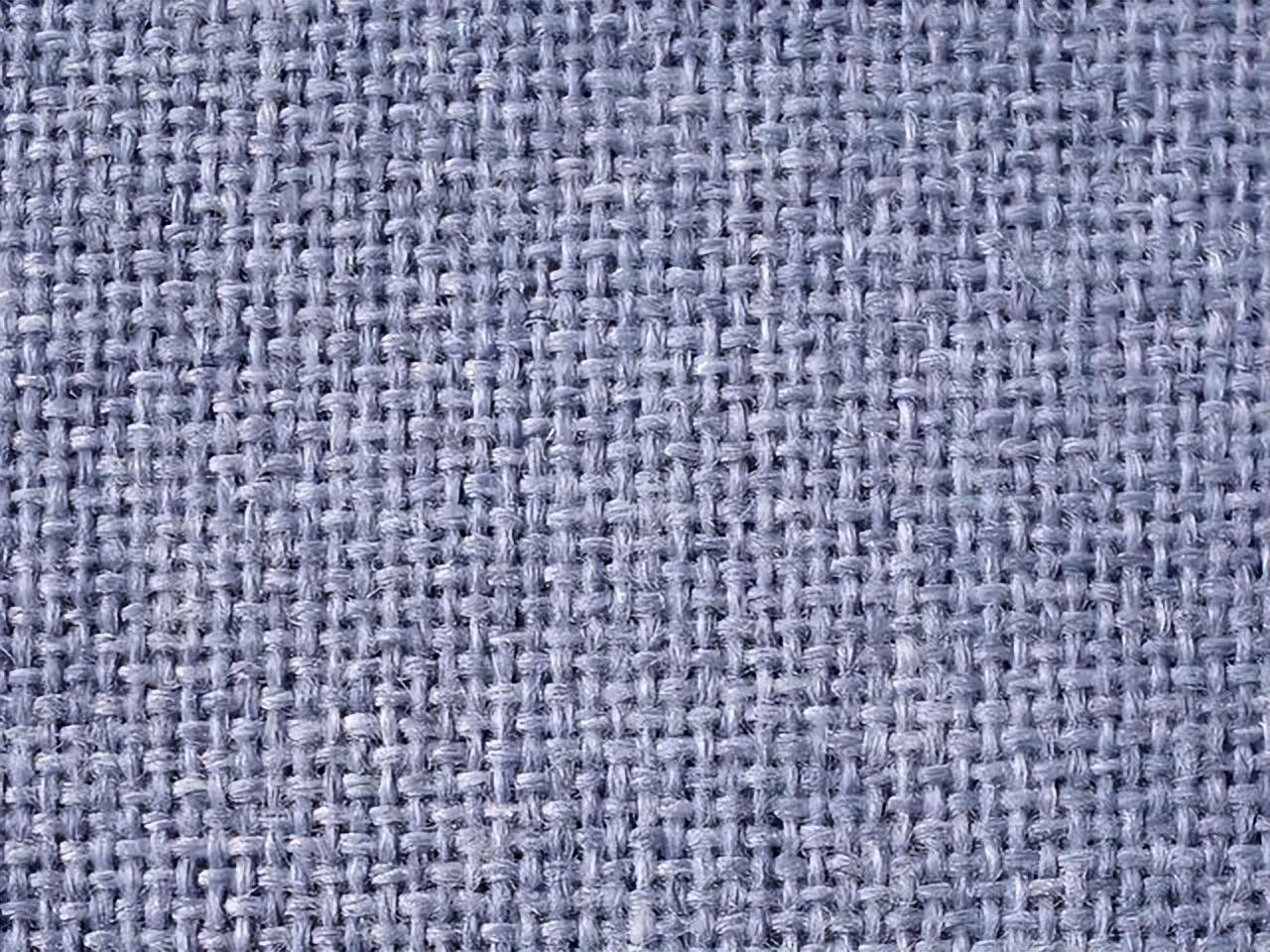Fabric
Fabric

In the big world of fabrics, there are many types and they are changing with each passing day. Only by understanding Only with knowledge about fabrics can you be better qualified for the job.
01
Fabric type
TYPE OF FABRIC
① Soft fabric
Soft fabrics are generally thinner, have good drape, have smooth shape lines, and naturally stretch the silhouette of the garment. Soft fabrics mainly include knitted fabrics and silk fabrics with loose fabric structures, as well as soft and thin linen fabrics. Soft knitted fabrics often use linear and concise shapes in clothing design to reflect the graceful curves of the human body; silk, linen and other fabrics often use loose and pleated shapes to express the flow of fabric lines.
② Cool fabric
Very cool The shape of the fabric has clear lines and a sense of volume, which can form a plump clothing outline. Commonly used fabrics include cotton, polyester-cotton, corduroy, linen, and various medium-thick wool and chemical fiber fabrics. This type of fabric can be used in designs that highlight the accuracy of clothing shapes, such as suits and suits.
③ Glossy fabric
Glossy fabric The surface is smooth and can reflect light, giving it a shiny feel. Such fabrics include fabrics with a satin weave structure. It is most commonly used in evening wear or stage performance clothing, producing a gorgeous and dazzling strong visual effect. Glossy fabrics have a wide range of styling freedom in dress performances, and can have simple designs or more exaggerated styling methods.
④ Thick heavy-duty fabric
Thick heavy duty fabric Thick and scratchy, it can produce stable styling effects on all types of thick woolen and quilted fabrics. The fabric has a sense of body expansion and should not be pleated or piled too much. A-shaped and H-shaped shapes are the most appropriate in the design.
⑤ Transparent fabric
Transparent fabric The texture is light and transparent, with an elegant and mysterious artistic effect. Including cotton, silk, chemical fiber fabrics, etc., such as georgette, satin silk, chemical fiber lace, etc. In order to express the transparency of the fabric, H-shaped and circular cone-shaped designs with natural and full lines are commonly used.

02
Commonly used clothing fabrics
<span style="letterBecome. It has detachment and severe hemming, and is prone to weft skew.

08
Woven fabric
WOVEN
refers to fabrics made of warp and weft yarns using shuttle or shuttleless looms. The main feature is that the cloth surface is divided into warp and weft directions. When the raw materials, yarn counts, and densities of the fabric are different in the warp and weft directions, the fabric will show anisotropy.
Performance features:
- Strong hygroscopicity, good dyeing performance, no shrinkage The rate is about 3%; (the company’s garments have been washed and the shrinkage rate is within 1%)
- Excellent comfort, soft luster, strong and durable;
- Good hand feel, poor elasticity, easy to wrinkle;
- Alkali-resistant but not acid-resistant ;
- Mediocre light and heat resistance;
- It is not easy to be eaten by insects, but it is easy to be corroded by microorganisms and cause mildew and deterioration.
//
Feature comparison
Fading:Cotton>Blended>Chemical fiber
Easily deformed:Knitted>Woven
Fluffing and pilling:Cotton fabrics <Blended fabrics (polyester-cotton) <Wool-nitrile fabrics
Static electricity generation:Chemical fiber>Cotton
Shrinkage:Cotton> Blended>Chemical fiber
Anti-wrinkle:Cotton<Blended<Chemical fiber
>Cotton<Blended<Chemical fiber







